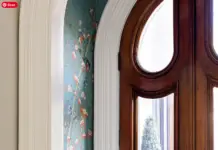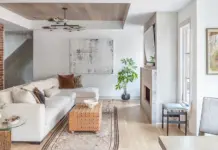Depending on the age of your home you may have some lovely radiators already installed. Radiators can make fantastic additions to your home, providing a great way to heat rooms and also providing you with an easy solution to dry clothes or towels. While you might not have thought about it, there is actually a large variety of styles and designs which allow you to integrate radiators into the style of your home.
In this article, we’re going to look at how you can get your radiators looking their best if you don’t want to invest in an entirely new radiator, and what you can do to make sure they’re working at their best to provide warmth to your home.
How to improve the look of your radiators
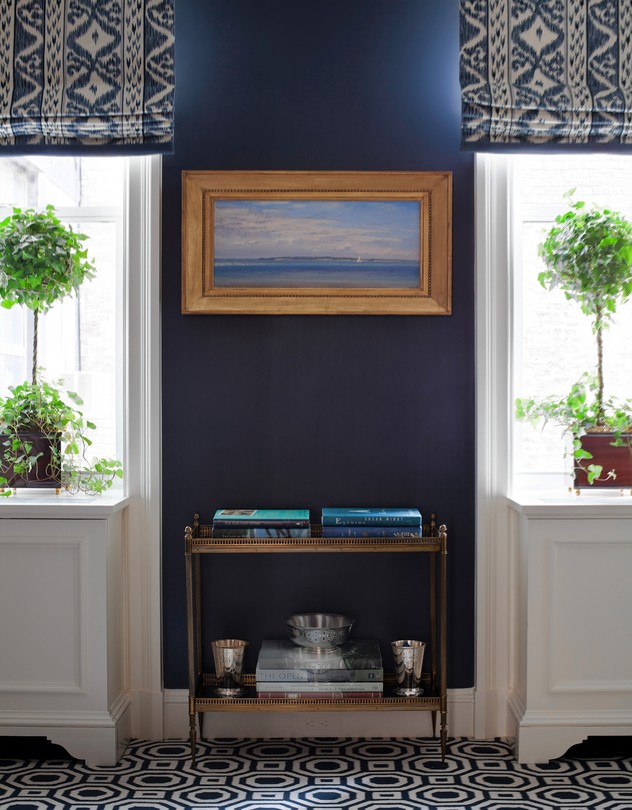
One of the most popular radiator styles, especially for modern homes, is to have the radiator chrome plated. This produces a high-quality finish which shines, looks clean and elegant. If you prefer a modern and minimalist finish chrome could be the finish for you. You can buy new radiators with a chrome finish but also have them chrome plated at a later date.
Chrome radiators are most commonly found in bathrooms, and sometimes kitchens. One other advantage with this is that it will help tie in your radiator with other features already in your bathroom or kitchen such as the taps which will likely be chrome finished as well. In small rooms, which bathrooms traditionally are, keeping a consistent style will help the room feel finished and thought out.
For some people, and for radiators in different rooms, chrome is not the best option. Painting your radiators is the other popular option to give them a new lease of life. Depending on the colour scheme of the room, and your taste, you can be as bold or reserved with the paint colour you chose for your radiators. You can make them stand out or blend in with the wall colour of your room, or just change up the traditional white colour.
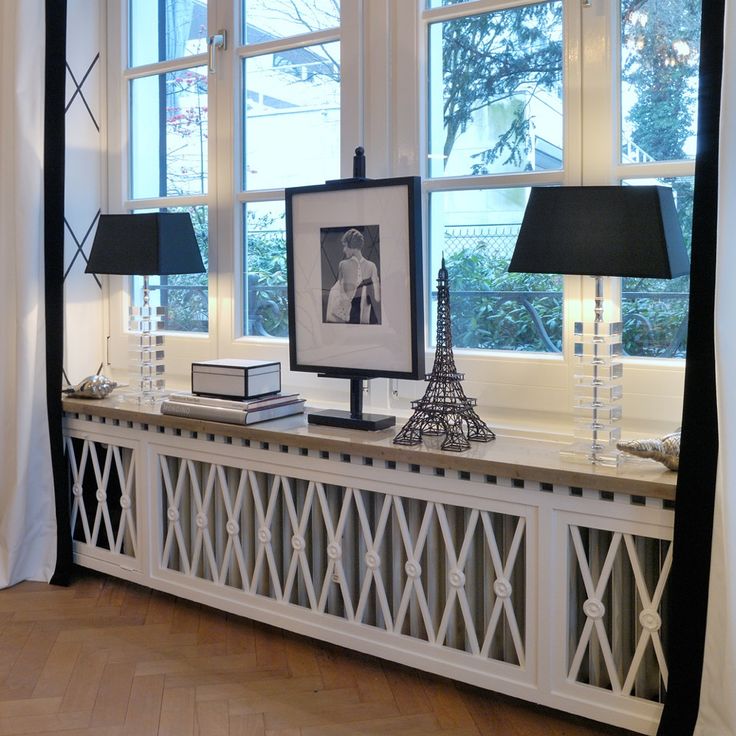
The nice thing with painting your radiator is that you can do it yourself. You can find lots of helpful guides on painting radiators online but remember it’s important to use specially designed radiator paint which is heat resistant.
If you don’t want to paint your radiator yourself, you can look into having it powder coated. This is a process which uses dry paint powder sprayed from an electrostatic gun using compressed air. Professional powder coating services will produce a really durable and consistently smooth finish which can be applied in any colour.
Finally, it’s crucial to ensure that the placement of your radiator in the room is correct. If you are renovating a house, don’t be afraid to explore the option of moving the radiator to another wall in the room. In some cases, this might not be possible, but if it is, it can really help open up the room and create more usable space while also looking better. You can also experiment with radiator covers which can be turned into extra storage or even seating depending on the size and placement of the radiator.
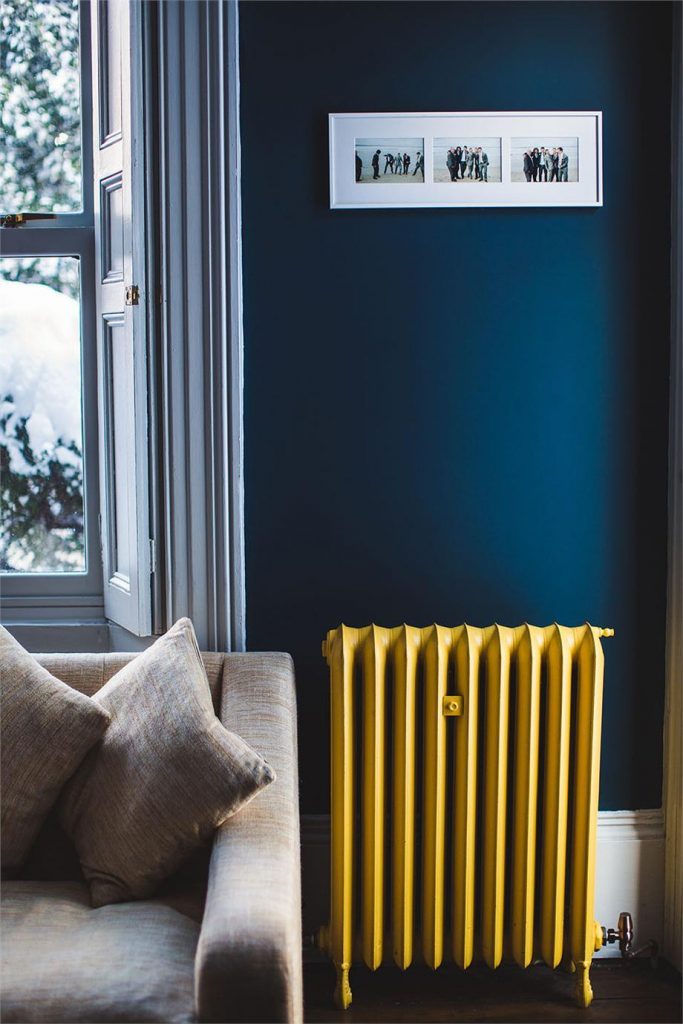
How to get them working their best
There is no point spending the time and money getting your radiators looking great if they’re not functioning correctly. Everything in your home should contribute in some form, and a radiator’s primary purpose is to add heat to a room. Keep this in mind when aiming to improve how they look.
Two points to follow up on that were mentioned above are painting and covering. Whenever you look to add any form of radiator cover you need to be sure it is not going to block the heat from escaping or make the radiator inaccessible in the event it might require maintenance. When it comes to painting your radiator, some solutions can improve the heat output. Powder coating, in comparison to a polished metal finish, is much better at radiating heat than a mirrored surface. If you do have a larger bathroom, and the only way of heating that room is through a radiator, it’s vital to get as much heat from this radiator as possible, so powder coating may be something to consider.

Regularly cleaning your radiators will also help improve their performance. As radiators heat up, they also warm the air around them, causing the air to rise. This can lead to dust being drawn up from the floor and accumulating inside and around the radiator, creating a layer which acts as insulation. To avoid this, you can vacuum and wipe down the areas of your radiator you can reach to remove this dust layer.
If you notice any cold spots on your radiator, this can mean that sludge has built up inside the system. You can check for cold spots by carefully putting the back of your hand on spots around the radiator when it is on, but you need to be really careful doing this as it could be very hot. If you do find any cold spots, it’s a good idea to reach out to a professional who will be able to help. You may also notice a general lowering performance of your radiator, and this could mean your radiator needs bleeding. This is where you let any air out of the systems. You can do this yourself, and there are lots of guides to help you do so online.
Overall, if you take care of your radiators, they should perform well and provide you with a lovely warm room and facility to dry clothes or towels quickly. There are also lots of options that you can consider when changing the style of your radiator and bring it more in line with your design taste! Thanks to Stovrite for contributing!










